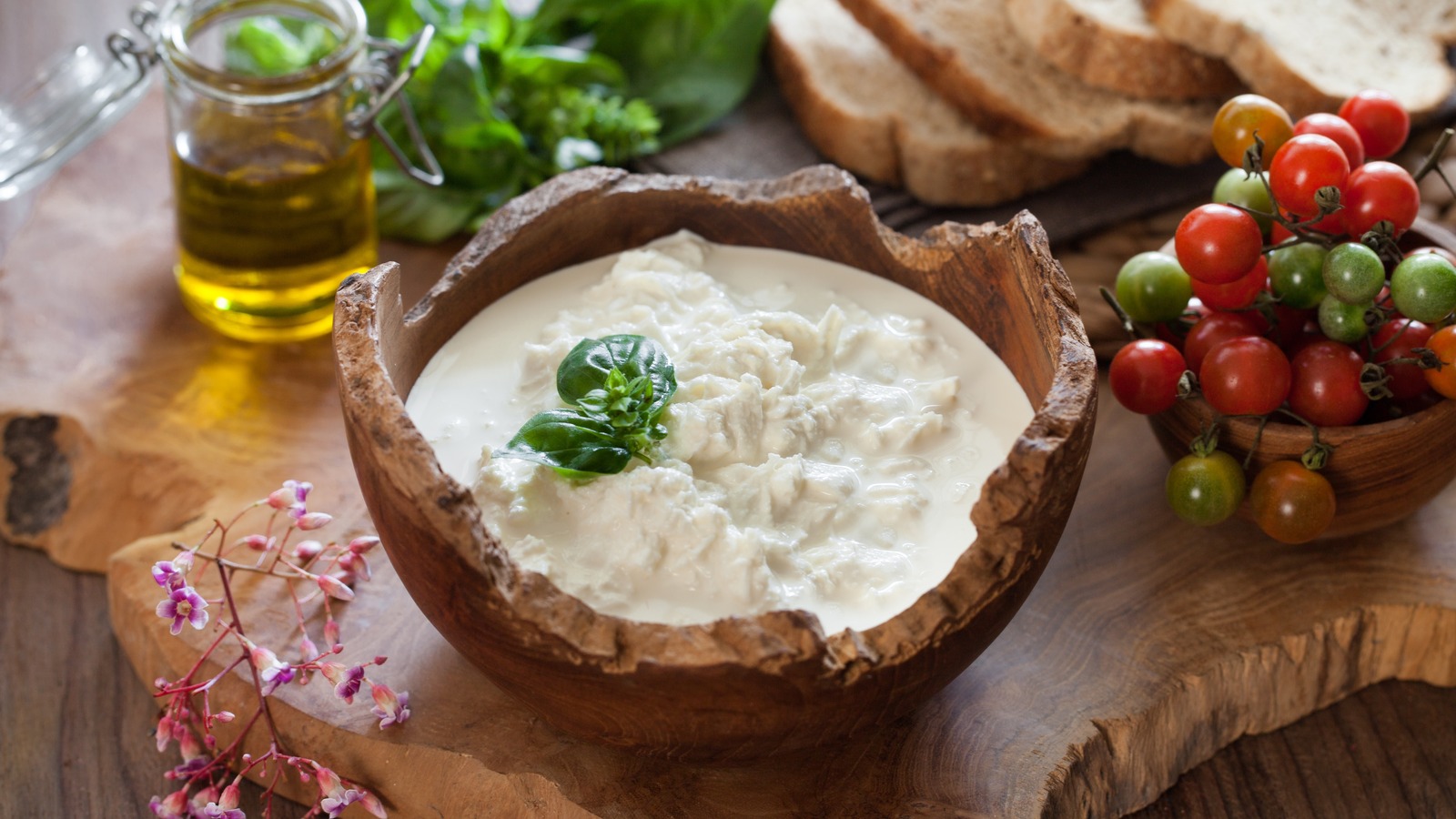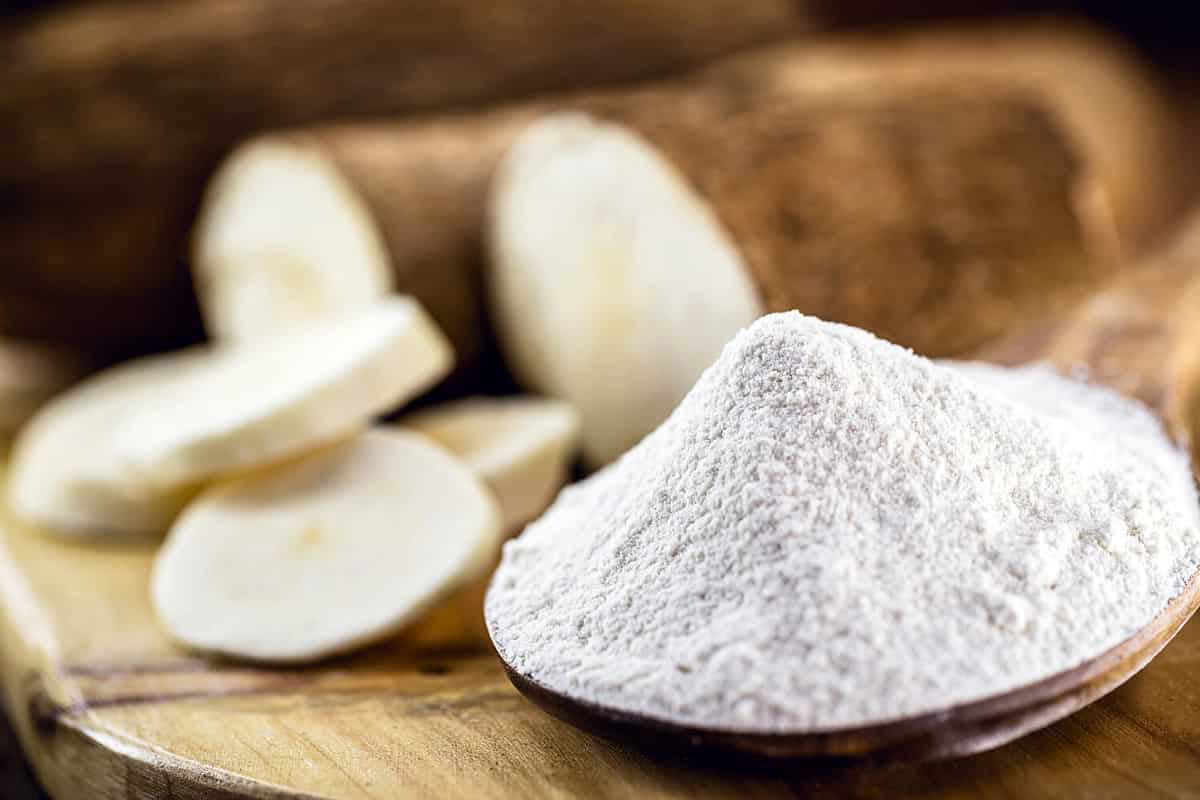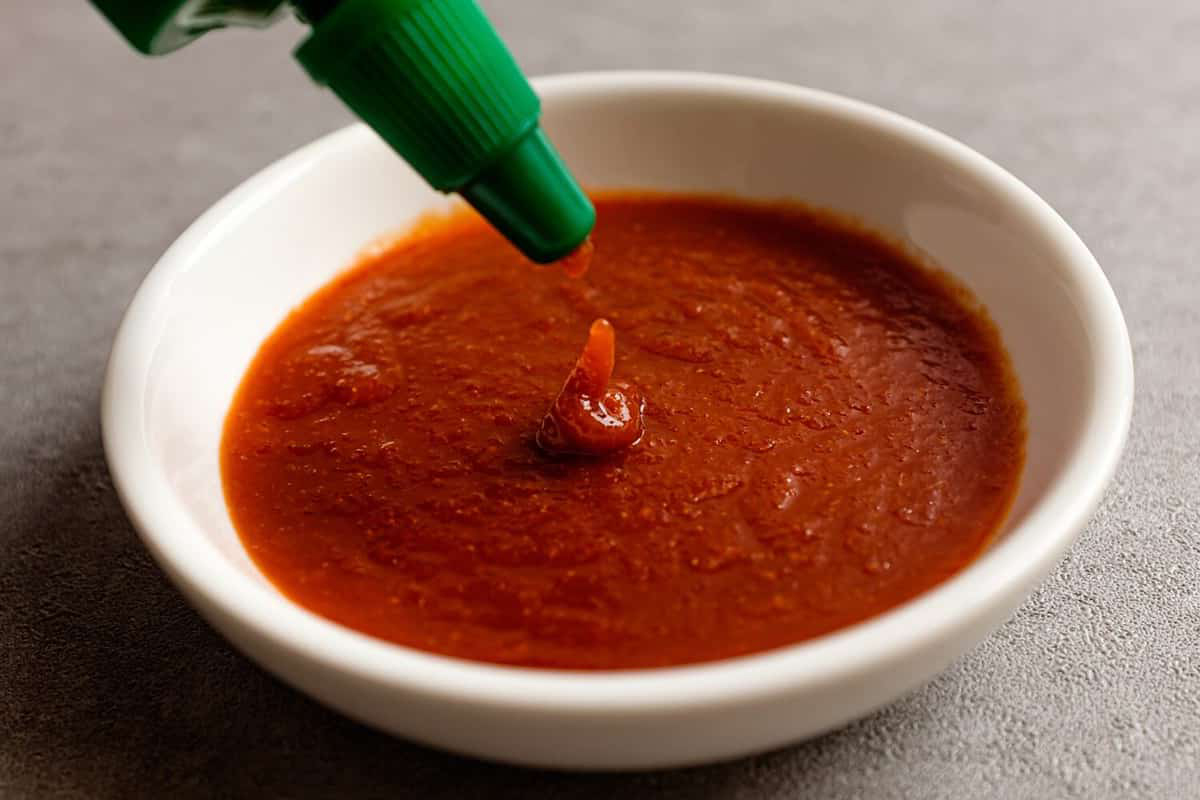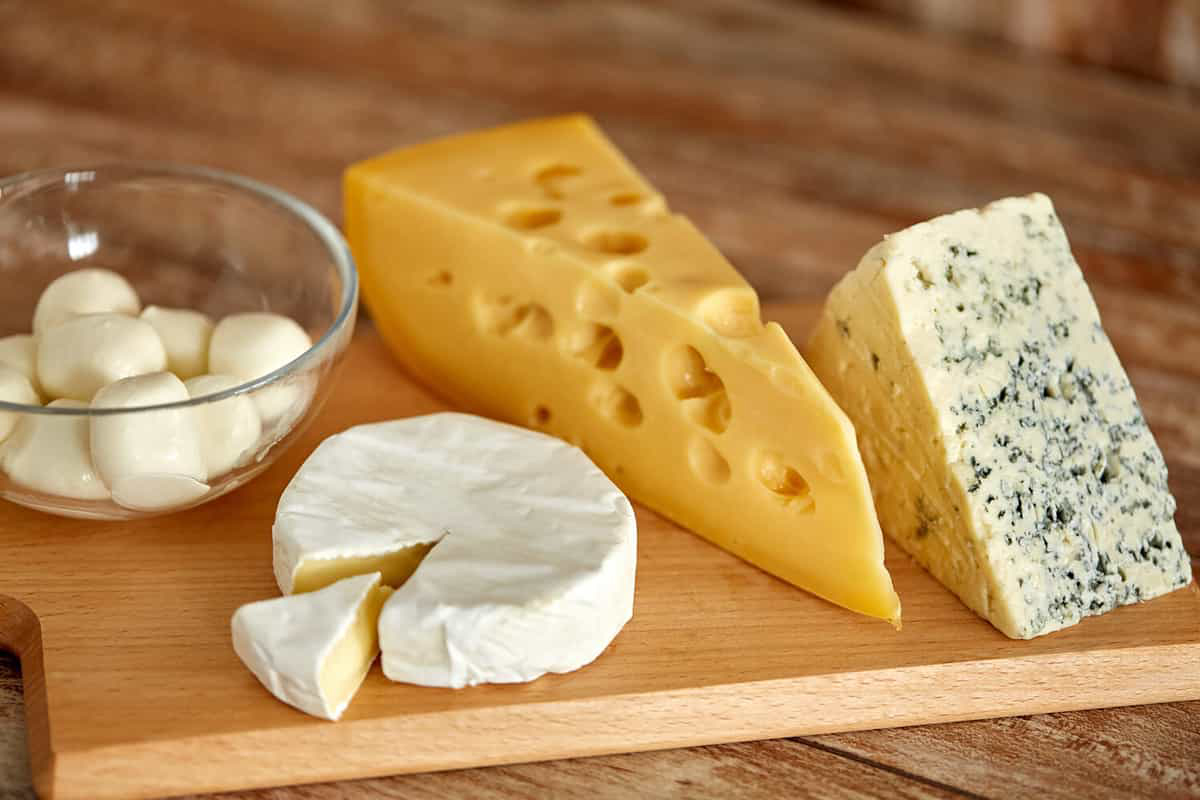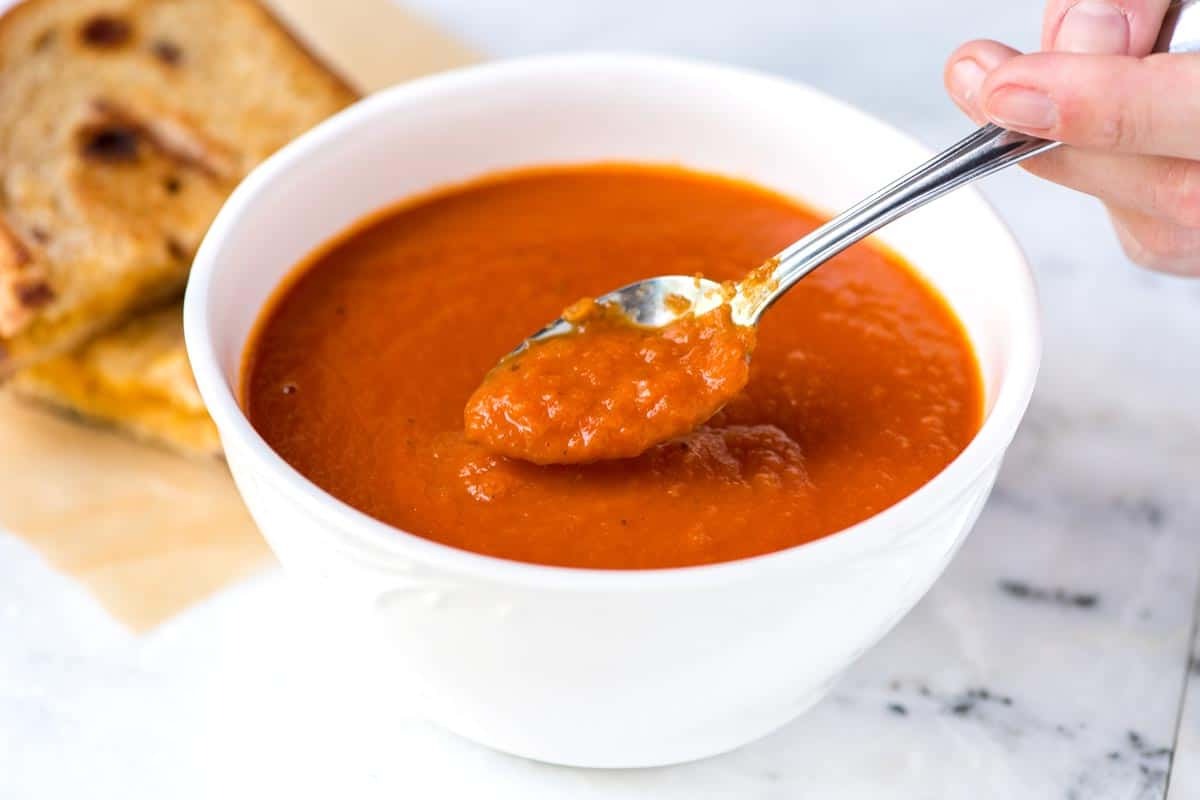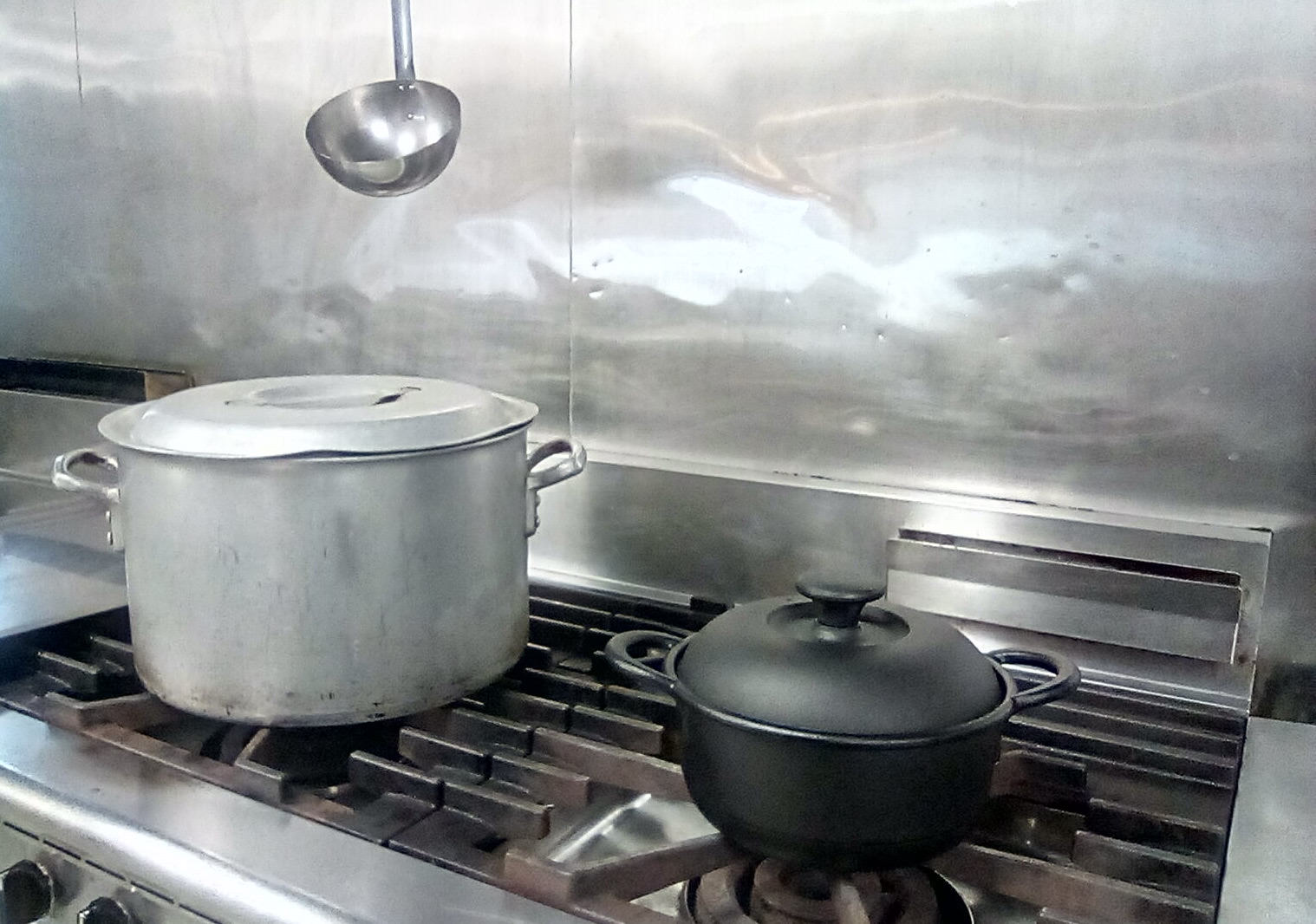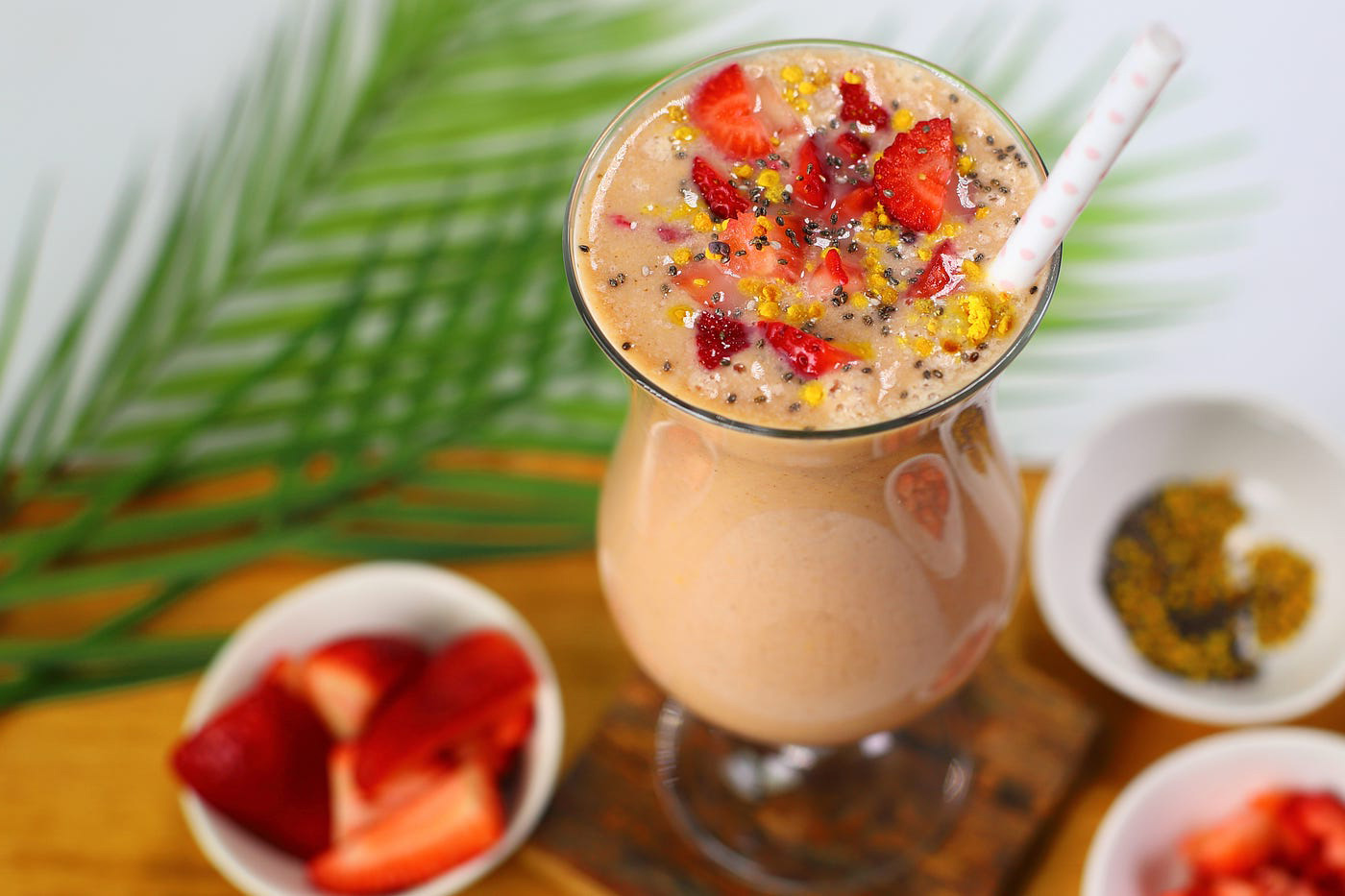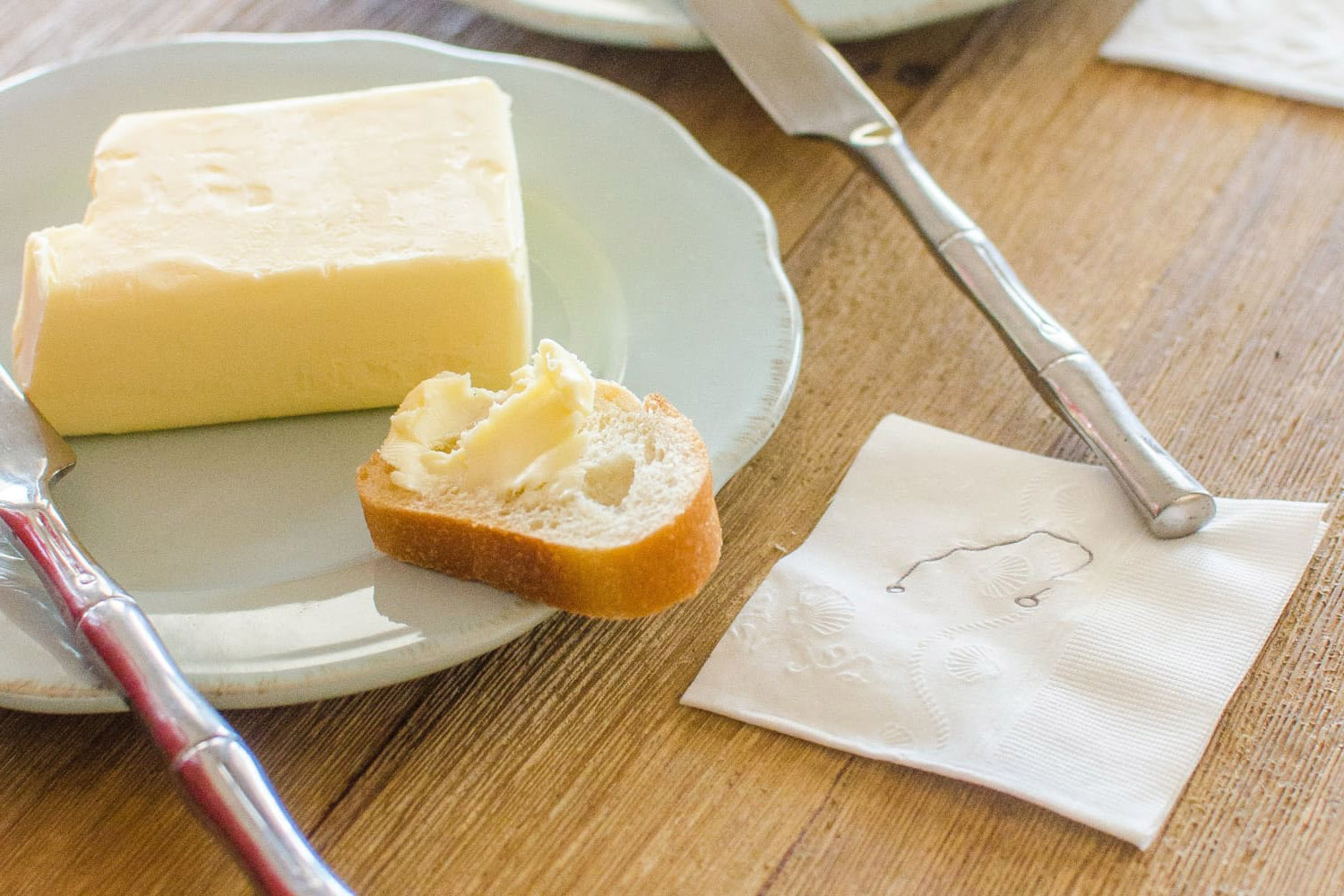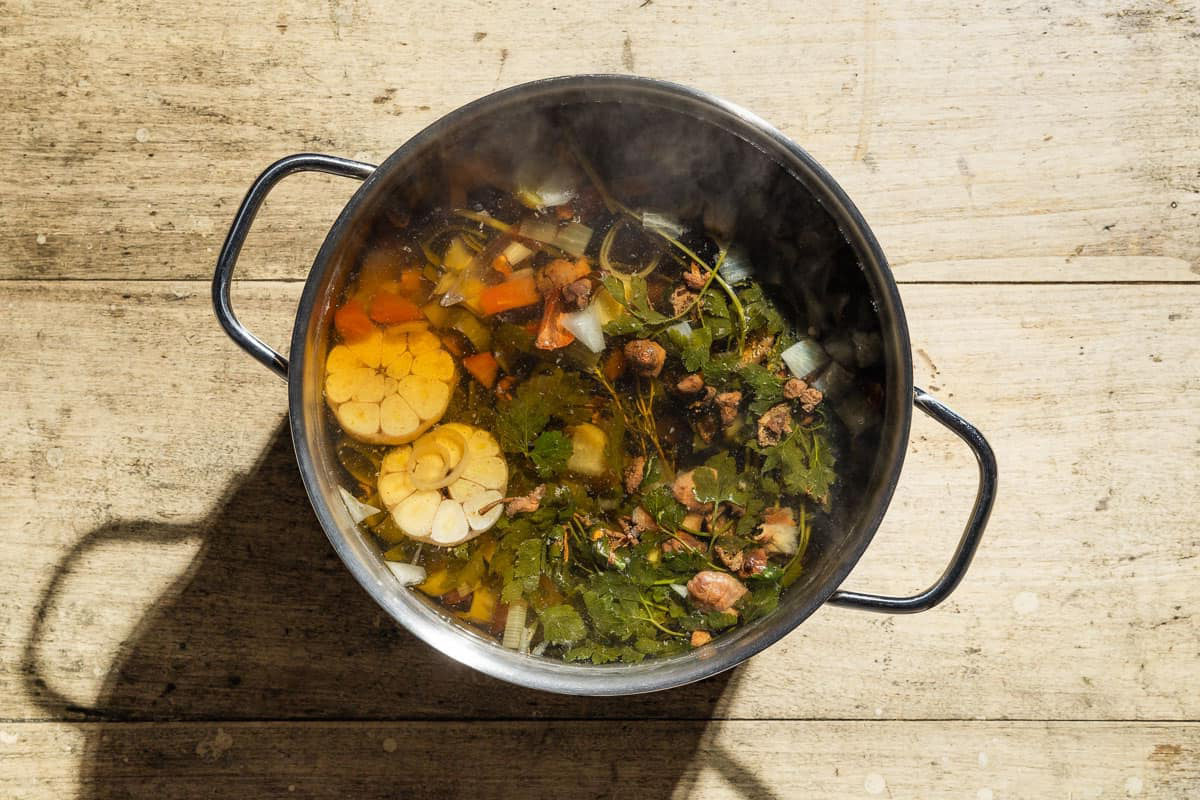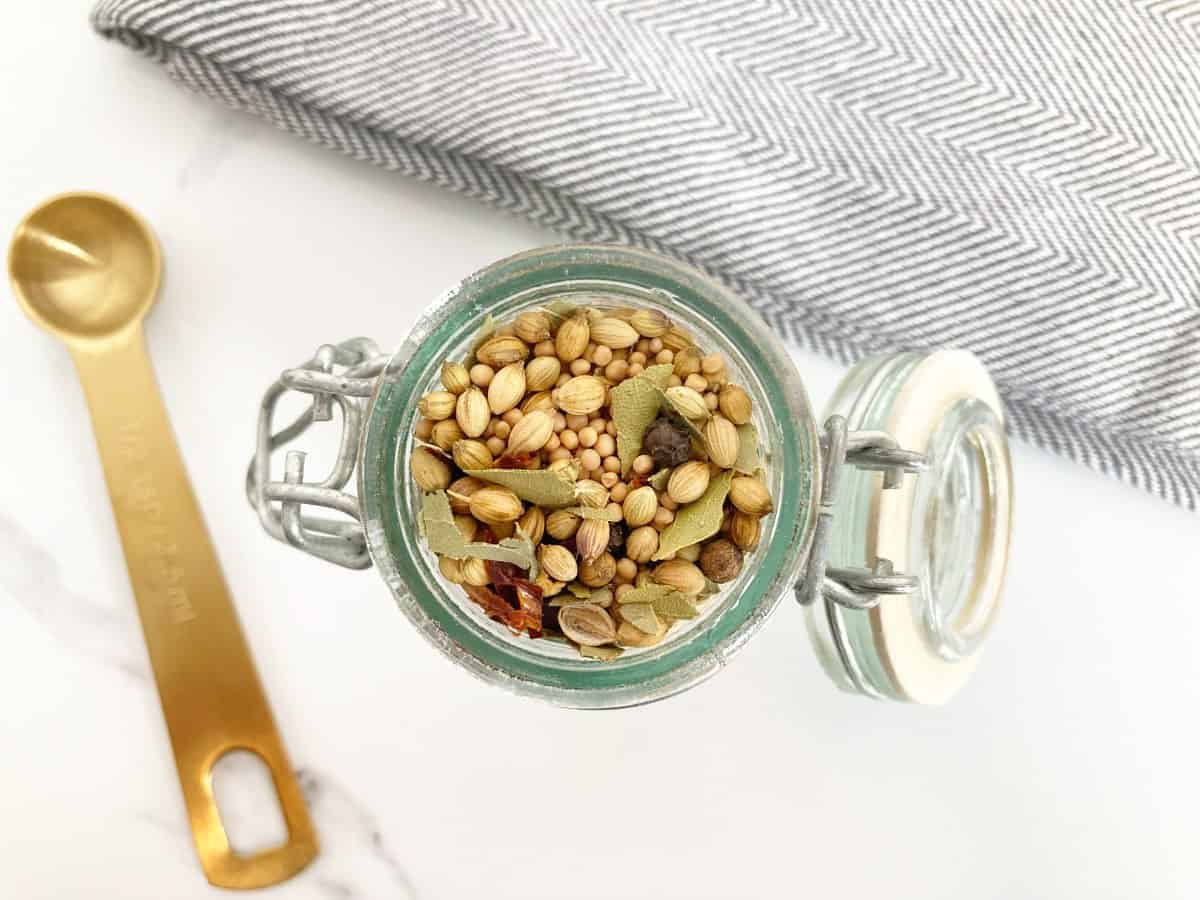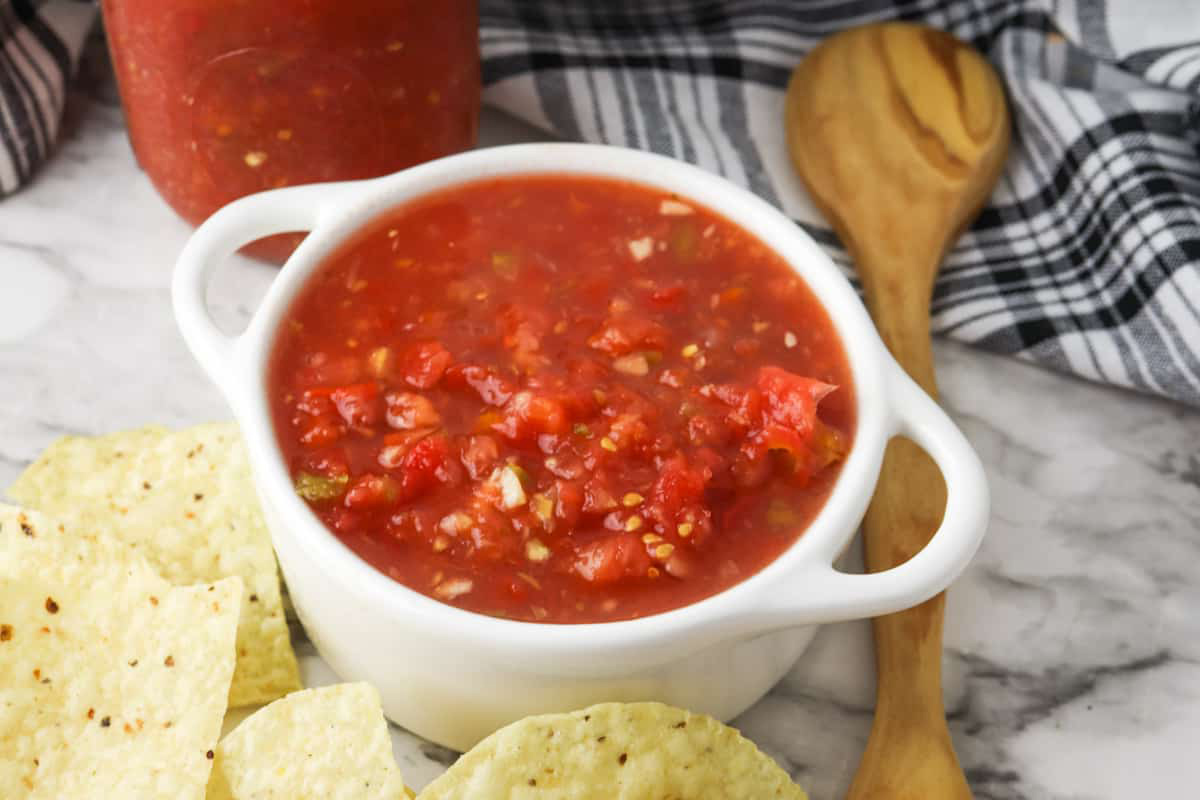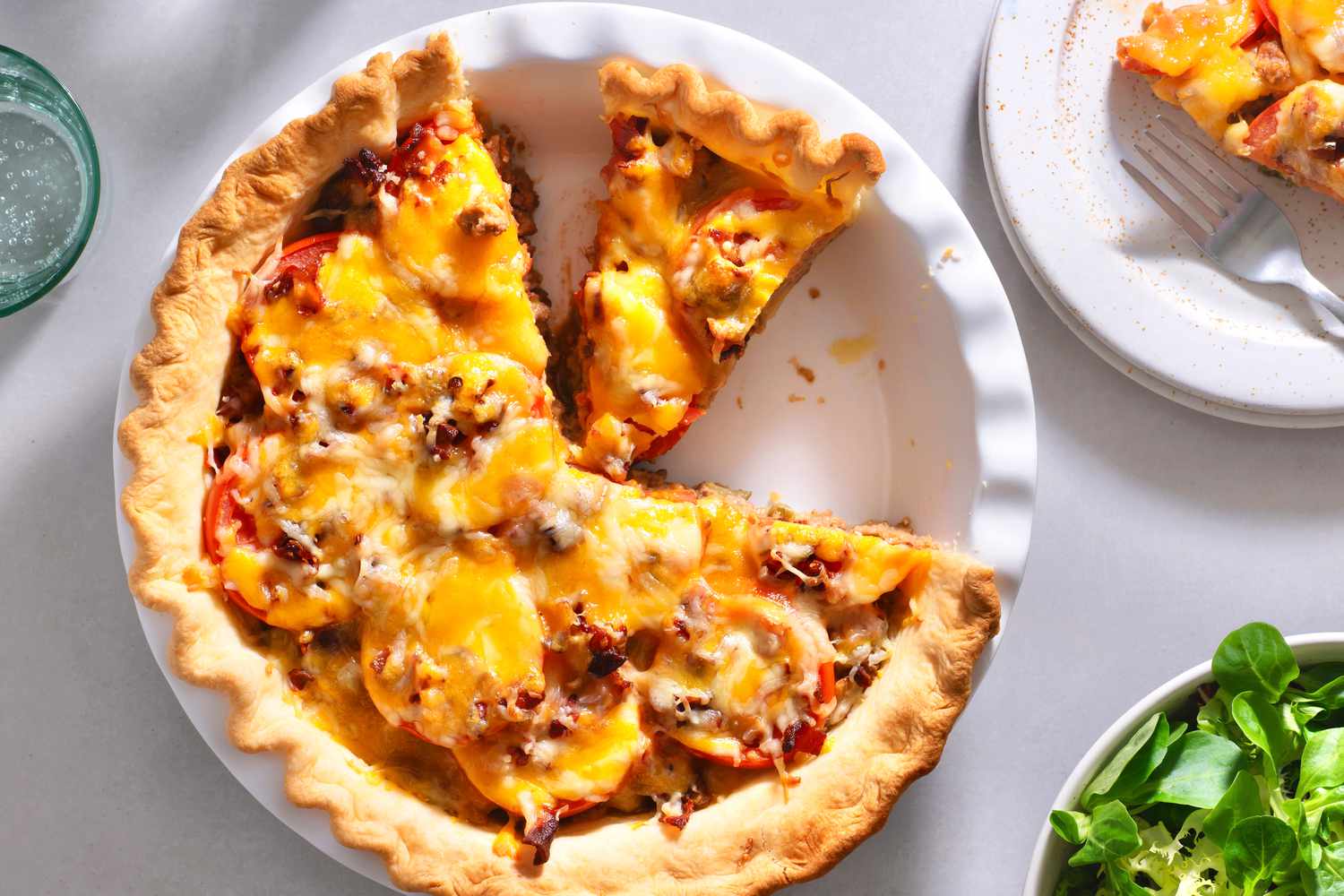Understanding the Role of Yeast in Baking
When it comes to baking, yeast plays a crucial role in creating delicious and fluffy bread, rolls, and other baked goods. But what exactly is yeast and how is it used in baking? Let’s delve into the world of yeast and its significance in the baking process.
What is Yeast?
Yeast is a type of fungus that is used in baking to leaven bread and other baked goods. It is a single-celled organism that feeds on sugars and produces carbon dioxide and alcohol as byproducts. This process, known as fermentation, is what gives bread its airy and light texture.
Types of Yeast
There are several types of yeast used in baking, including:
- Active dry yeast
- Instant yeast
- Fresh yeast
Each type of yeast has its own unique characteristics and is used in different ways in the baking process.
How is Yeast Used in Baking?
Yeast is activated by mixing it with warm water and a small amount of sugar. This mixture is then added to the flour and other ingredients to make the dough. As the yeast feeds on the sugars in the dough, it produces carbon dioxide gas, which causes the dough to rise. This process is what gives bread its soft and airy texture.
The Importance of Yeast in Baking
Yeast is an essential ingredient in baking as it helps to leaven the dough, resulting in light and fluffy baked goods. Without yeast, bread and other baked items would be dense and flat, lacking the characteristic texture and flavor that we all love.
Tips for Using Yeast in Baking
Here are some tips for using yeast in your baking:
- Always check the expiration date on the yeast package to ensure its freshness.
- Use warm, not hot, water to activate the yeast.
- Allow the dough to rise in a warm, draft-free environment for the best results.
- Follow the recipe instructions carefully to achieve the perfect balance of ingredients.
Conclusion
Yeast is a fundamental component in the art of baking, playing a vital role in creating the light and airy texture of bread and other baked goods. Understanding how yeast works and how to use it effectively is key to achieving delicious results in the kitchen.
So, the next time you enjoy a slice of freshly baked bread, take a moment to appreciate the magic of yeast and its transformative power in the world of baking.
Was this page helpful?
Read Next: What Is Spaghetti Squash?
